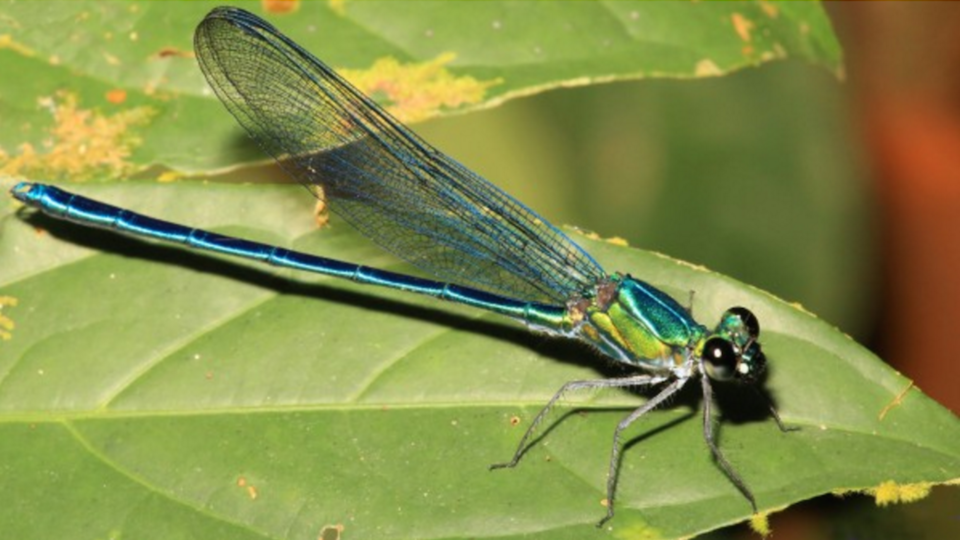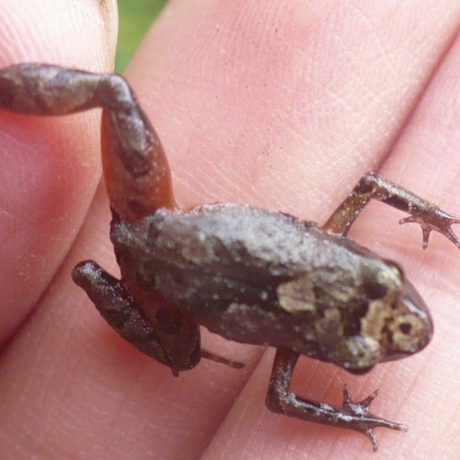Science News
New Discoveries: Dragonflies, Damselflies, and Frogs

New Discoveries is a collaboration between Stanford and Academy scientists and staff, appearing on the second and fourth Wednesdays of every month. Here we celebrate new species publications and demonstrate how much more there is to learn about life on Earth.
Sixty new dragonfly and damselfly species
Scientists are always thrilled to discover one new species. Imagine, then, the excitement of discovering 60! That’s what scientists just did, led by Klaas-Douwe B. Dijkstra from the University of Stellenbosch in South Africa. Motivated by the desire to describe new species in order to save them, they sampled freshwater streams and ponds across Africa. Most of the species they found were easy to identify by eye; they didn’t need a microscope or special tools to tell them apart. And once you discover a new species, you get to name it. One of the team’s creative choices: the Robust Sparklewing, Umma gumma, named after a Pink Floyd album. The new discoveries are documented in a 230-page issue of Odonatologica. Oh, and what’s the difference between a dragonfly and a damselfly? Lots of things, but the easiest way to tell them apart is that a dragonfly holds its wings out flat like an airplane when it’s resting. The more delicate damselfly folds its wings down the length of its body, as in the picture above. Now you know.
Six new African clawed frogs discovered
Scientists led by Ben Evans of McMaster University (and including Academy researchers Dave Blackburn and Ed Stanley) have just described six new species of African clawed frogs in the genera Xenopus and Pipidae. Clawed frogs are important to scientists for a couple of reasons. They’re useful for studying evolution because they’re often “polyploid,” inheriting multiple copies of genes from both parents. In most species, offspring get half of the mother’s genes and half of the father’s. In some plants and, more rarely, in animals, they get all the genes from both parents—essentially a double dose. With extra copies present, some genes can take on new functions while another continues doing the original job. This attribute makes “polyploidy” a common path to speciation. This group of frogs is noteworthy for a second reason: not so long ago, a lab test performed on Xenopus frogs was the method of choice to determine whether a woman was pregnant. Although the newly-described frogs look similar, their territorial calls sound quite different. Here are two examples (scroll all the way down to the bottom of the page). The new frogs were described in a paper published last week in PLoS One.
These dragonflies, damselflies, and Xenopus frogs are festive additions to the tree of life! Happy Holidays to you and your loved ones.
Image: Jens Kipping/Naturalis Biodiversity Center


